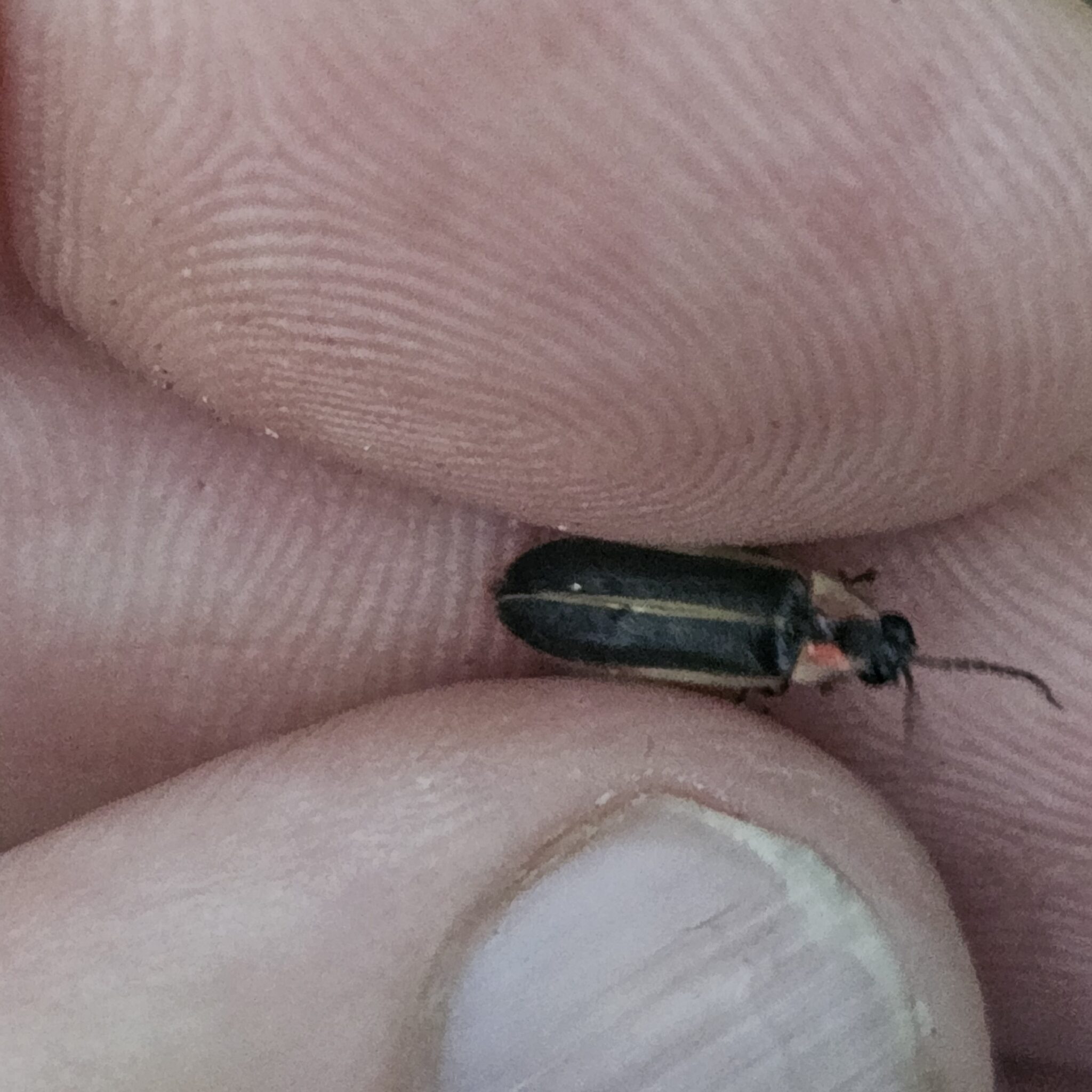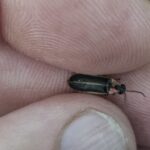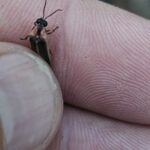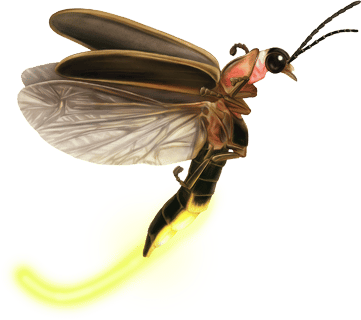Observation: Photinus
Primary Observer:
William D Cottrell
Event Date:
2023-05-30
Status:
Unverified



Survey
Site Name:
Georgia Botanical Gardens_ Orange trail
Province/State:
Georgia
Event Date:
2023-05-30
Time of Day:
Night-Time
Start Time:
19:07
End Time:
19:30
Number of Observers:
1
Primary Observer:
William D Cottrell
Additional Observers:
Target Species Genus:
Target Species Species:
Location and Habitat
Location Accuracy (meters):
0-25
Habitat Type:
Woodland/Forest - Trees dominant, and in the over-story
Habitat Type Notes:
Primarily hardwoods with a thick canopy. The understory trees are thin in this area. There was a stream nearby.
Elevation (meters):
197
Area Searched (hectares):
Artificial Light Sources
Vehicles: No
Street Lights: No
Buildings: No
Street Lights: No
Buildings: No
Artificial Light Types
Sky Glow (diffuse illumination in the sky): Yes
Light Trespass (light cast on surfaces beyond its intended target): No
Glare (bright light causing visual discomfort): No
Light Trespass (light cast on surfaces beyond its intended target): No
Glare (bright light causing visual discomfort): No
Artificial Light Notes:
It was still somewhat light in the area since it was more than an hour before sunset.
Observation
Observation Type:
Non-Flashing
Number Observed:
11-50
Genus:
Photinus
Species:
unknown
Observation Notes:
Here's a link to a video I took with my cell phone. https://youtu.be/OE3qAHYzUmM
I do hope that I'll get better at this skill. At several times during the video synchronous flashes can be seen(it helps to have a big screen). Also, from 2:00 to 2:15 an individual can be seen flying across the field.
Specimen Voucher Number:
Flash Behavior
First Flash Time:
Last Flash Time:
First Flash Temp (F):
Last Flash Temp (F):
Flashes in Pattern:
Flash Color:
Flash Pattern Period:
Flash Duration:
Flash Interval:
Male Height Zone:
Flash Location:
Male Flash Behavior:
Female Flash Behavior:
1 thought on “Observation: Photinus”
Leave a Comment
You must be logged in to post a comment.




Based on the bar-shaped dark central marking on the pronotum and the upland forest habitat, this looks like Photinus macdermotti (or the similar Photinus consanguineus or Photinus jamesi (syn. greeni) to me, but I’d want to see a ventral photo to confirm, as well as flash pattern details, as P. macdermotti gives flashes in noticeably distinct pairs.